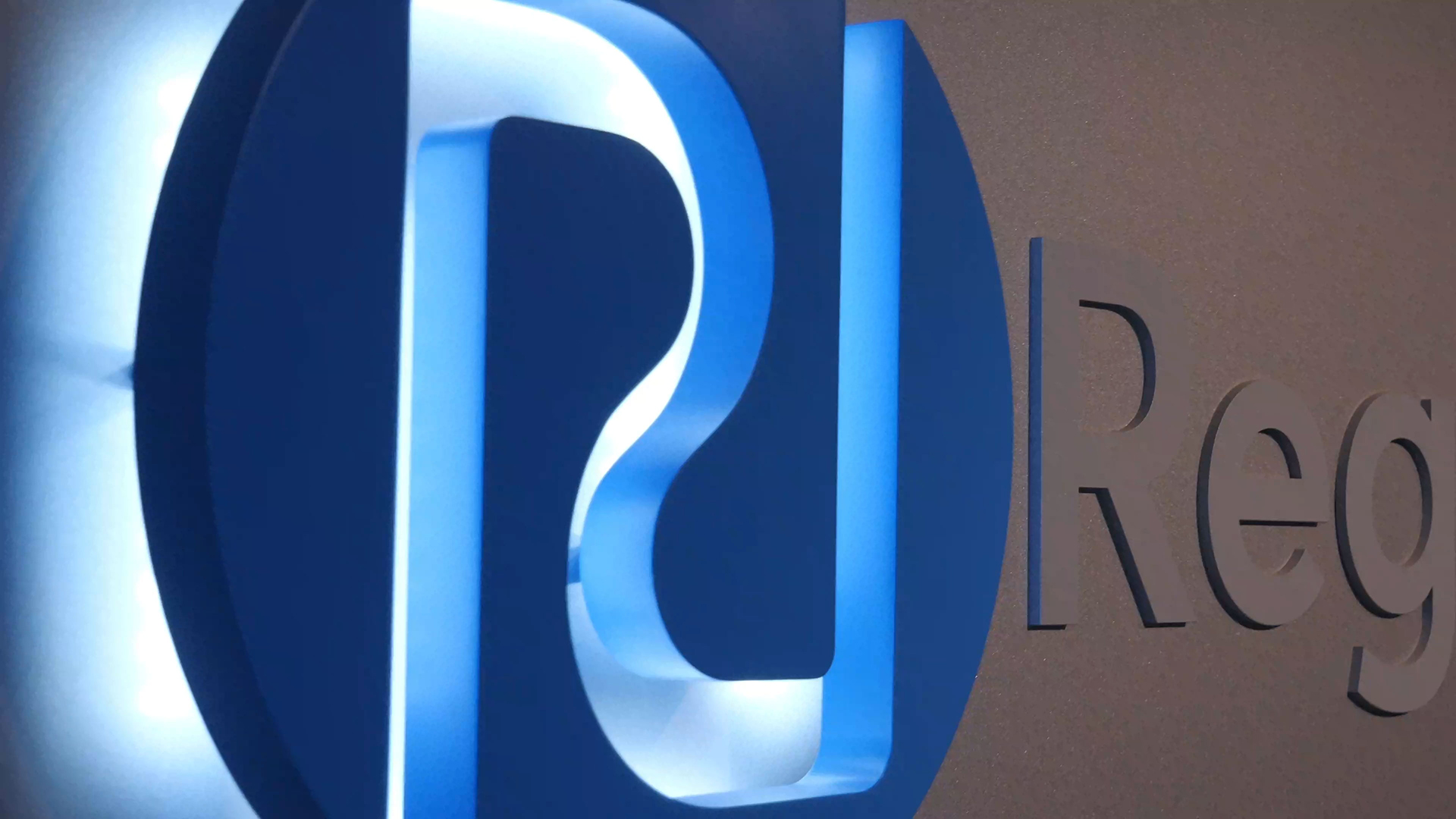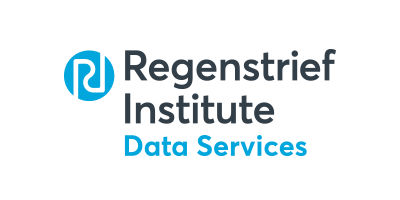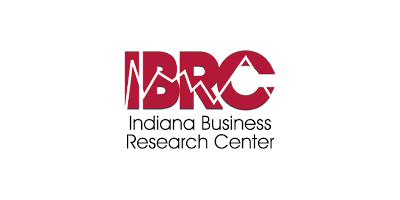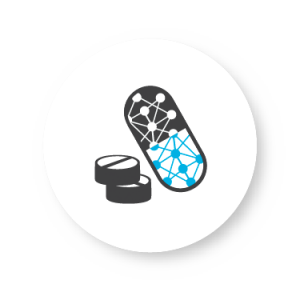
The Indiana Addictions Data Commons is a specialized resource which helps support access to disparate data sources which span the clinical and social determinants of health spectrum.
The mission of the IADC is to address the addiction crisis by making robust, comprehensive, and commonly accessible data available to physicians, researchers, public health, and policy-makers in order to appropriately characterize, address, and monitor the crisis. Led by a team of informatics experts at the Regenstrief Institute, data requestors can work with the IADC to:
- understand the landscape of data available across National, State and local organizations.
- facilitate data requests which seek to integrate data from one or more disparate data sources.
- perform person level or geocoded data linkage across data sources.
- generate comprehensive data sets which can be used to inform analyses, monitoring, decision making and more.
Who can work with the IADC and access the underlying data?
The IADC is a resource which can be leveraged by researchers, public health professionals, community organizations, and policy makers. Access to the underlying data will be dependent on data governance limitations and will vary from use case to use case. The IADC will work with data requestors to evaluate the best options for their request, and will help facilitate data governance processes.
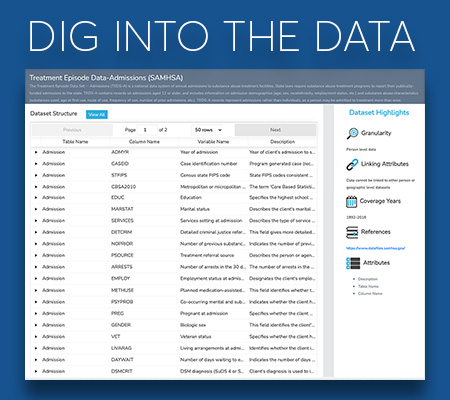
What types of data can be accessible through the IADC?
IADC data resources are organized into two separate categories: centralized data resources and non-centralized data resources.
Centralized data resources are data resources that the Regenstrief Institute maintains direct access to (i.e., Indiana Network for Patient Care [INPC], IU Health and Eskenazi Health data warehouses and others).
Non-centralized data resources are data resources governed and maintained by partner organizations but made accessible to the IADC data requestors with the appropriate data governance in place. Non-centralized data resources would include requests for data sets obtained through the Polis Center or Management Performance Hub.
Use cases
The IADC has leveraged NLP methods to define data elements of interest which are captured in the form of unstructured free text notes. Using the INPC as a primary data source, the IADC has built numerous algorithms which can help track outcomes which may not be well captured as structured data. Data Requestors can work with the IADC to determine if their project could benefit from some of the algorithms already developed, or help define new methods for uncovering other types of data in the clinical record.
To date, the IADC have worked with research teams to build NLP algorithms which help identify populations who have abused or misused opioids, as well as algorithms aimed at identifying social insecurities of individuals including:
- Housing Instability
- Unemployment
- Financial insecurity
- History of incarceration
- Transportation issues
The IADC has partnered with the Indiana Management Performance Hub (MPH) to enable data sharing and person-level linking capabilities between clinical data derived from the Regenstrief Institute as well as data sources available through MPH. The Regenstrief Institute and MPH have established a process to allow data sets to be developed from the Indiana Network for Patient Care (INPC) data repository, shared with MPH who will match the individuals to State data resources, and the final data set will be made accessible through the MPH Enhanced Research Environment.
This data sharing and linking process has been used to link individuals with an Emergency Department visit (from Regenstrief Institute) to Emergency Medical Service run records (from MPH). Other use cases with different types of data can be defined through the IADC to leverage the data sharing capabilities between RI and MPH to support data requests.
The IADC recognizes that not all data sources measure data at the individual person level, but rather the geographic level. Through a robust geocoding infrastructure, individuals within the clinical data sources accessible through the IADC can be linked to geographic or neighborhood level measures from disparate data sources.
This capability has been used to link individuals defined in a clinical cohort to census tract (or other geographically relevant areas) measures from the American Community Survey, Polis Center’s SAVI, or other relevant data source.
If a data requestor already has a pre-existing cohort or dataset, the IADC can work with the requestor to link their existing cohort to clinical or other relevant data accessible through the IADC. The IADC has access to extensive person matching tools and expertise, as well as a geocoding infrastructure that will enable linking of disparate data sources as the person or geographic level.
Data requestors often utilize the IADC to supplement their existing data with clinically relevant outcomes or healthcare utilization, after patient matching is performed.
One of the key strengths of the IADC is the ability to leverage the clinical data access of the Regenstrief Institute. This access allows users to leverage the Indiana Network for Patient Care (INPC) as well as the IU Health and Eskenazi Health data warehouses, all of which contain comprehensive clinical data in the form of electronic health records.
Users can define a cohort of interest based on clinical data elements available in the various systems. From that cohort, the IADC can include clinically relevant outcomes as well as data elements from other external data partners or sources such as the Polis Center or Indiana Management Performance Hub or publicly available datasets.
Data Dashboards
The IADC has leveraged NLP methods to define data elements of interest which are captured in the form of unstructured free text notes. Using the INPC as a primary data source, the IADC has built numerous algorithms which can help track outcomes which may not be well captured as structured data. Data Requestors can work with the IADC to determine if their project could benefit from some of the algorithms already developed, or help define new methods for uncovering other types of data in the clinical record.
To date, the IADC have worked with research teams to build NLP algorithms which help identify populations who have abused or misused opioids, as well as algorithms aimed at identifying social insecurities of individuals including:
- Housing Instability
- Unemployment
- Financial insecurity
- History of incarceration
- Transportation issues
The IADC has partnered with the Indiana Management Performance Hub (MPH) to enable data sharing and person-level linking capabilities between clinical data derived from the Regenstrief Institute as well as data sources available through MPH. The Regenstrief Institute and MPH have established a process to allow data sets to be developed from the Indiana Network for Patient Care (INPC) data repository, shared with MPH who will match the individuals to State data resources, and the final data set will be made accessible through the MPH Enhanced Research Environment.
This data sharing and linking process has been used to link individuals with an Emergency Department visit (from Regenstrief Institute) to Emergency Medical Service run records (from MPH). Other use cases with different types of data can be defined through the IADC to leverage the data sharing capabilities between RI and MPH to support data requests.
The IADC recognizes that not all data sources measure data at the individual person level, but rather the geographic level. Through a robust geocoding infrastructure, individuals within the clinical data sources accessible through the IADC can be linked to geographic or neighborhood level measures from disparate data sources.
This capability has been used to link individuals defined in a clinical cohort to census tract (or other geographically relevant areas) measures from the American Community Survey, Polis Center’s SAVI, or other relevant data source.
If a data requestor already has a pre-existing cohort or dataset, the IADC can work with the requestor to link their existing cohort to clinical or other relevant data accessible through the IADC. The IADC has access to extensive person matching tools and expertise, as well as a geocoding infrastructure that will enable linking of disparate data sources as the person or geographic level.
Data requestors often utilize the IADC to supplement their existing data with clinically relevant outcomes or healthcare utilization, after patient matching is performed.
One of the key strengths of the IADC is the ability to leverage the clinical data access of the Regenstrief Institute. This access allows users to leverage the Indiana Network for Patient Care (INPC) as well as the IU Health and Eskenazi Health data warehouses, all of which contain comprehensive clinical data in the form of electronic health records.
Users can define a cohort of interest based on clinical data elements available in the various systems. From that cohort, the IADC can include clinically relevant outcomes as well as data elements from other external data partners or sources such as the Polis Center or Indiana Management Performance Hub or publicly available datasets.
What fees or budget consideration need to be accounted for when working with the IADC?
Fees for IADC services will be dependent on the nature of the data request. The data itself will not cost anything to access, but hourly rates will apply to the technical services rendered to develop the dataset in question. The IADC Data Concierge will work with requestors to determine what budget considerations need to be accounted for before initiating work.
How to initiate a data request
Those interested can submit an initial inquiry via the intake form linked below. Upon submission, the request will be reviewed by the IADC Data Concierge who will follow-up within 1-3 business days.
Submit a Data Request
